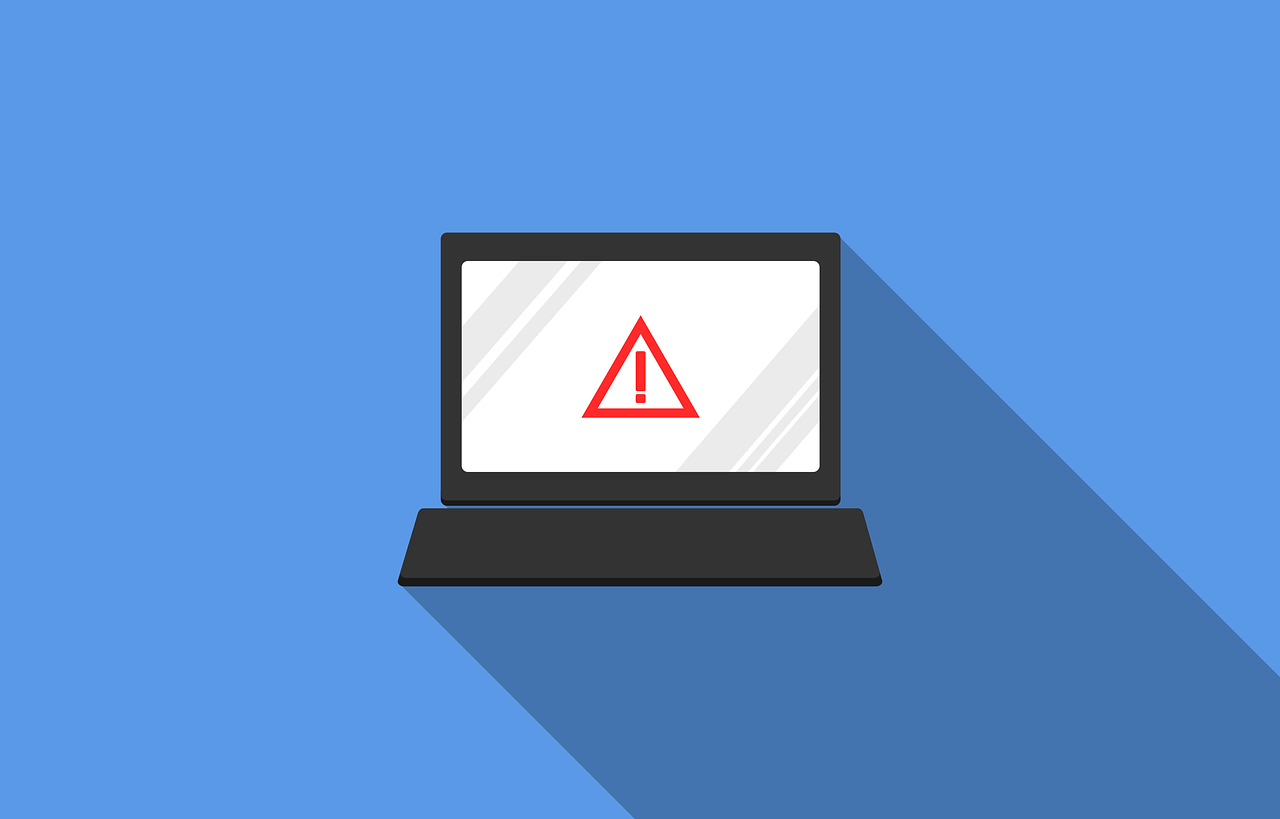Have you had data exposed in one of these recent data breaches
Data breaches are in the news just about every day. Organisations of all sizes are targeted and this leads to a wide variety of data getting stolen...
Our client portal provides all the tools you need to create, view or update your support requests.
For urgent IT support during business hours, or if you suspect anything suspicious call 01314528444 for the fastest response.
If one of our team has asked you to start a remote control session on your computer, use the remote control menu option above.
3 min read
itfoundations
Originally posted on May 15, 2023
Last updated on June 18, 2024
Once data began going digital, authorities realised a need to protect it. Thus, the creation of data privacy rules and regulations to address cyber threats. Many organisations have one or more data privacy policies they need to meet.
GDPR is a wide-reaching data protection regulation. It impacts anyone selling to EU citizens. Those in the U.S. healthcare industry and their service partners need to comply with HIPAA. Anyone collecting payment card data must worry about PCI-DSS.
Industry and international data privacy regulations are just the tip of the iceberg. Many national and local jurisdictions also have their own data privacy laws. Organisations must be aware of these compliance requirements. But they also need to know about updates to these rules.
By the end of 2024, about 75% of the population will have its data protected by one or more privacy regulations.
Authorities enact new data privacy regulations all the time. For example, in 2023, four US states will have new rules. Colorado, Utah, Connecticut, and Virginia will begin enforcing new data privacy statutes. There’s every chance that the UK may end up with our own data laws that go above and beyond GDPR.
Businesses must stay on top of their data privacy compliance requirements. Otherwise, they can suffer. Many standards carry stiff penalties for a data breach. And if security was lacking, fines can be high.
Does all that sound scary?
Don’t worry, we have some tips below for you. These can help you keep up with data privacy updates coming your way.
Does your organisation have a list of the different data privacy rules it falls under? There could be regulations for:
Identify all the various data privacy regulations that you may be subject to. This helps ensure you’re not caught off guard by one you didn’t know about.
Don’t get blindsided by a data privacy rule change. You can stay on top of any changes by signing up for updates on the appropriate website. Look for the official website for the compliance authority.
For example, if you are subject to GDPR you can either monitor the ICO’s website for updates or simply sign up for their newsletter to stay informed.
You should have updates sent to more than one person. Typically, your Security Officer or equal, and another responsible party. This ensures they don’t get missed if someone is on holiday.
Companies are always evolving their technology. This doesn’t always mean a big enterprise transition. Sometimes you may add a new server or a new computer to the mix.
Any changes to your IT environment can mean falling out of compliance. A new employee's mobile device added, but not properly protected is a problem. One new cloud tool an employee decides to use can also cause a compliance issue.
It’s important to do at least an annual review of your data security. Match that with your data privacy compliance requirements to make sure you’re still good.
Something else you should audit at least annually is your policies and procedures. These written documents tell employees what’s expected from them. They also give direction when it comes to data privacy and how to handle a breach.
Audit your security policies annually. Additionally, audit them whenever there is a data privacy regulation update. You want to ensure that you’re encompassing any new changes to your requirements.
When you receive a notification that a data privacy update is coming, plan ahead. It’s best to comply before the rule kicks in, if possible.
Look at three areas of your IT security:
Employees should be aware of any changes to data privacy policies that impact them. When you receive news about an upcoming update, add this to your ongoing training.
Good cybersecurity practice is to conduct ongoing cybersecurity training for staff. We provide courses weekly to our customers. This keeps their anti-breach skills sharp and reminds them of what’s expected.
Include updates they need to know about so they can be properly prepared.
Remember to always log your training activities. It’s a good idea to log the date, the employees educated, and the topic. This way, you have this documentation if you do suffer a breach at some point.
Data privacy compliance can be complex. But you don’t have to figure it all out yourself. Our team is well-versed in compliance needs. Get in touch today to schedule a chat.
Article used with permission from The Technology Press.

Data breaches are in the news just about every day. Organisations of all sizes are targeted and this leads to a wide variety of data getting stolen...

3 min read
The need to backup data has been around since floppy disks. Data loss happens due to viruses, hard drive crashes, and other mishaps. Most people...

Data privacy has been a growing requirement ever since the internet age began. So much personal information is flying around through computer...